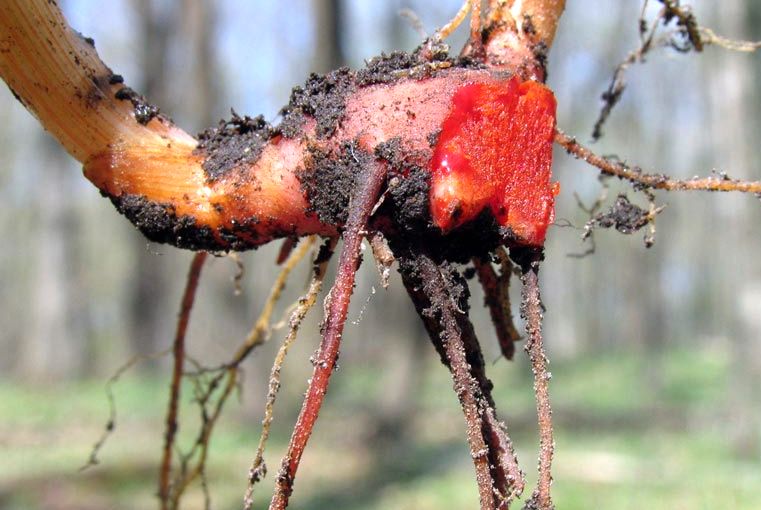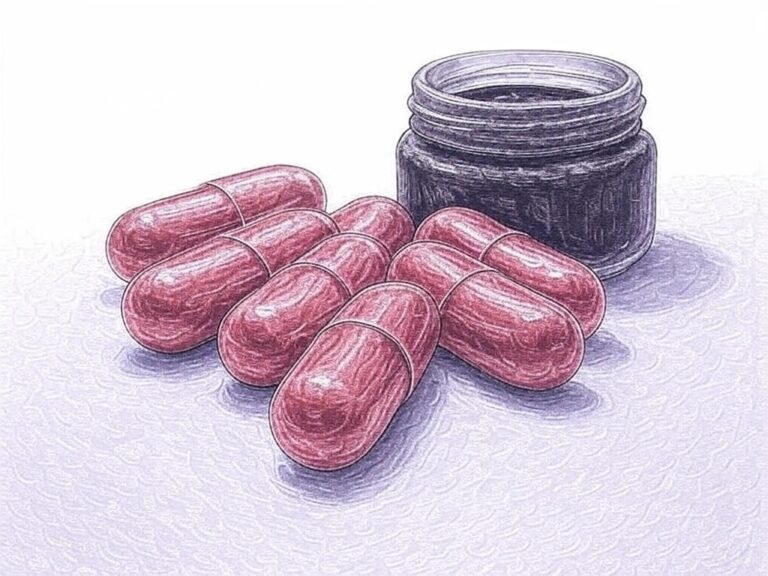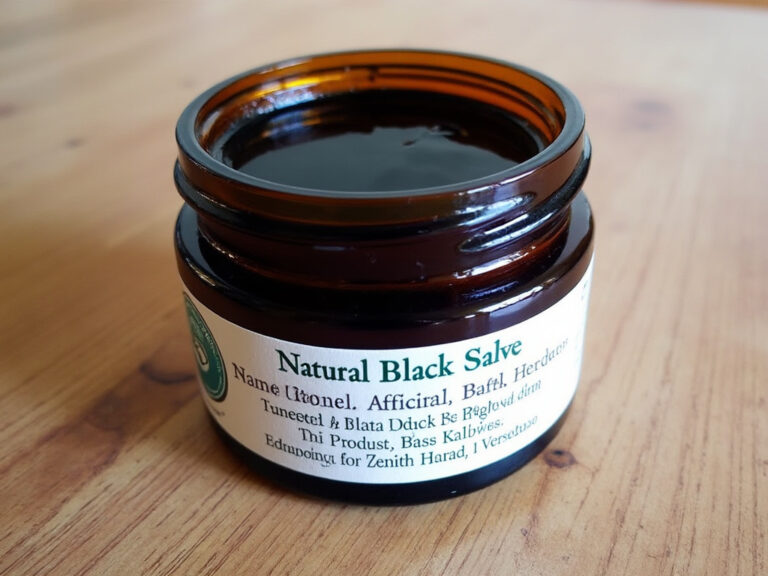
What Is Bloodroot?
Bloodroot herb is from the poppy plant family. It is native to the Midwestern and Eastern North American regions. It is a flowering plant with white petals and yellow stamens. The bloodroot plant may look like an ordinary flower from afar, but in reality, it can do extraordinary things.
It bloomed during early spring and was cultivated as an ornamental plant. Its rhizomes contain an orange-red sap alkaloid called sanguinarine. This sanguinarine alkaloid has many known uses.
It has anti-inflammatory, anti-oxidant, anti-c*****, anti-diabetic, analgesic, and many more medical benefits. That is why the bloodroot herb is a popular alternative supplement.

Bloodroot rhizome
The History Of Bloodroot’s Medical Use
- In Native America: For centuries, women used bloodroot herb to deal with menstrual difficulties. Also, other tribes in Native America use bloodroot in tea or inhaled powder forms to treat congestion and colds.
- Early Western use: Its rhizomes treat respiratory issues like asthma, influenza, whooping cough, Diptheria, tuberculosis, pneumonia, and nasal polyps.
- Ojibwe Tribe in Wisconsin: The Ojibwe tribe uses bloodroot and maple sugar cube as lozenges to relieve sore throat.
- Other documented bloodroot herb uses: To stop nausea and vomiting, in combination with blue cohosh treats abdominal pain, to relieve pain caused by rheumatoid arthritis, topically applied for skin conditions, treat wound infections,
All these bloodroot plant uses are documented in centuries, in different cultures, worldwide. Traditional preparations differ from culture to culture. Some consume it in tea forms, direct application for topical use, and powder. Nowadays, thanks to modern medical technology, the bloodroot herb is now available in oral supplements and topical solutions.
How Is Bloodroot Processed?
It is essential to follow the proper plant processing to preserve its full medicinal value. Bloodroot herb should also go through the appropriate processing. So how is bloodroot herb being processed?
The harvest time of the bloodroot is during the fall season. Cultivators observe the proper harvest should so as not to damage the roots. Cleaning is essential to make sure all foreign materials and soil are not present. Bloodroot is susceptible to mold growth.
The bloodroot plants have many bioactive components other than the sanguinarine alkaloid. It contains berberine, oxysanguinarine, chelerythrine, and many more that’s why even the tiniest root counts.
Join the MeWe Group
Do you have some skin problems or know someone who does? The good news is that the Bloodroot Salve Discussion Group on Facebook now has over 5000 members. Many people there are willing to chat, answer questions, post pictures of their treatments, and generally discuss the use of bloodroot salve.
Other Resources
- Bloodroot Salve Information Index
- Buy Bloodroot Salve
- Buy Bloodroot Capsules
Testimonials
We have gathered hundreds of testimonials so far. Some of them are right here on this site.
Let us know, please.
That’s it. Please drop me a note on MeWe when you join the group; it’s always nice to keep in contact and share information and thoughts.



